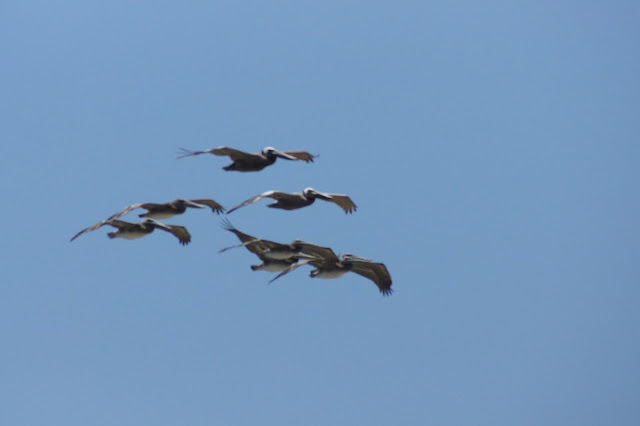Living in Arizona, Verdins were one of the first birds I observed that helped me appreciate the beauty and detail in many birds I otherwise wouldn't have given a second look. Their yellow and red really isn't very visible unless they're very close, and it really impressed upon me how much detail the casual observer can miss if a bird seems pretty bland from far away.
I recently got to capture a fun series of shots of a Verdin eating lantana berries for dinner. They were quite a mouthful, but she was determined. (Click on images for larger view).
The setting sun always lends a wonderful glow to pictures that makes up for its fading light.
With the sun going down, Ms. Verdin decides it's chow-time.
I've been told it is not polite to watch someone eat...something about it being undignified.
One of the last ripe berries. You can see how the clusters have been selectively cleared out.
Her beak has to open pretty wide to swallow this berry, but she doesn't seem too worried about it. I was very glad Ms. Verdin let me join her for dinner.


















































